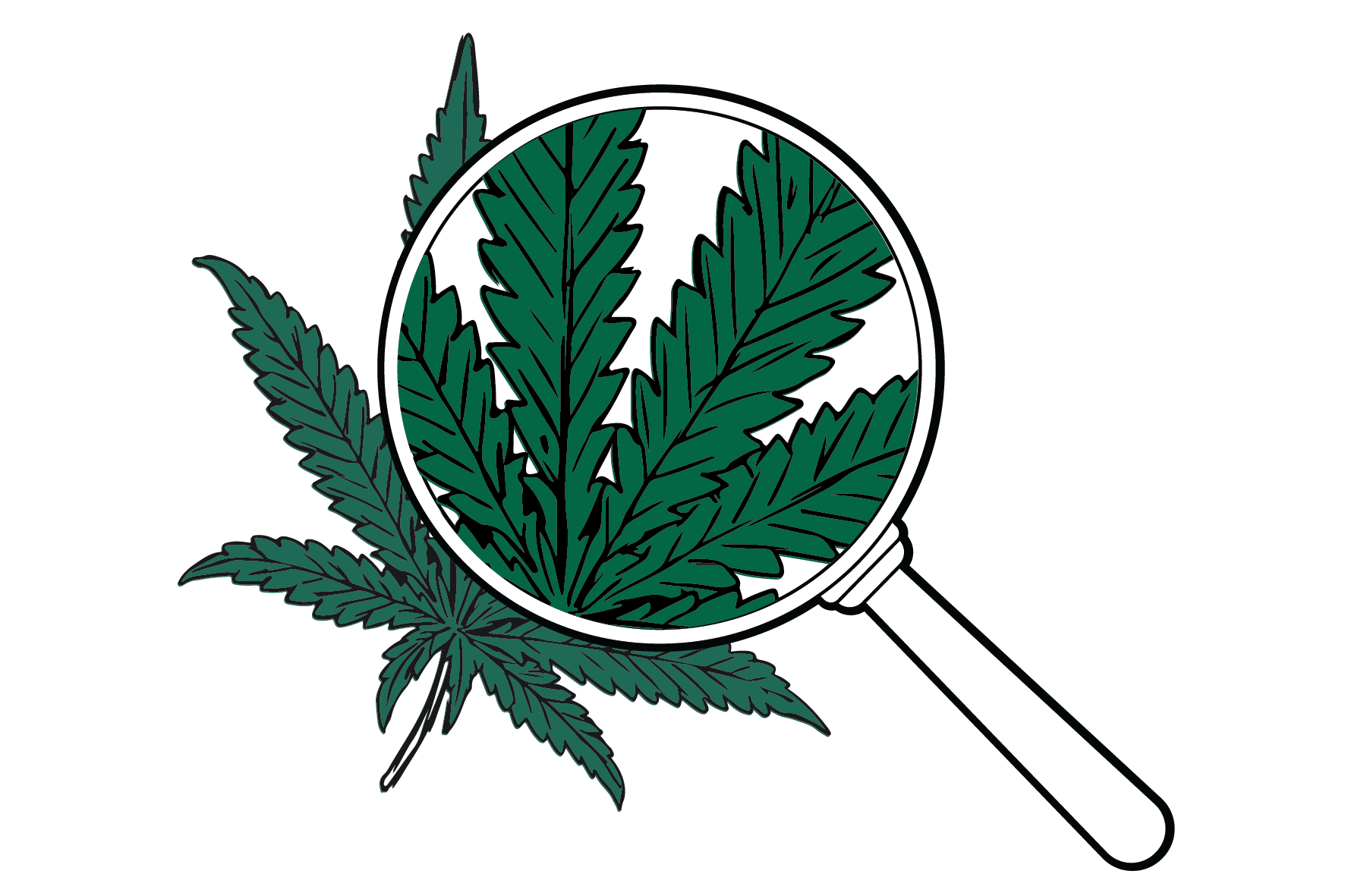A University of Western Ontario professor’s research has illuminated the concept of cannabinoid receptors in the brain and the regulation of emotion through experimentation on rats. Though he began by investigating schizophrenia, Dr. Steven Laviolette said in an email that his work could have a drastic impact on the treatment of other diseases.
Laviolette began by looking into the role of receptor CB1, a cell membrane receptor that binds to compounds found in cannabis, and its effect on patients with paranoid schizophrenia. Laviolette said “there has been some suggestion that exposure to high levels of marijuana can increase the likelihood of a person developing schizophrenia later in life. This may be due to the abnormal expression of the cannabinoid system in the brain.”
A 2010 study conducted in Tokyo noted patients with schizophrenia were more likely to experience hallucinations or symptoms of psychosis when using marijuana compared to those not diagnosed with the disease. Laviolette’s findings confirmed that marijuana has an effect on emotional expression.
“Schizophrenics attribute inappropriate emotional responses to environmental triggers most would ignore,” Laviolette said. He said their reactions to an event may be disproportionate to what is expected because their nervous systems attribute emotional responses differently.
The tests involved targeting the receptors in the brains of rats and stimulating a distress response. He noted that small doses of cannabinoids—equivalent to casual use of marijuana—prompted an overreaction to the stimulus. However, when given larger doses, the rats were unresponsive to stimuli that had been previously very distressing. These findings were consistent with reports that heavy use of marijuana can lead to feelings of apathy, lethargy, and overall blunting of emotional response.
Laviolette and his colleagues also identified some of the main pathways of the brain and their effect on regulating emotions. These pathways are also involved in other neuropsychological conditions—including addictions, PTSD, and autism. Understanding the characteristics of these pathways could be crucial in the treatment of these conditions and may lead to a new understanding of their causes.
In his work, Laviolette studies the cannabinoid compounds and the possibility of separating them for different effects. He said CBD, the other main cannabinoid found in marijuana, second only to THC in volume, shows some promise in treating patients suffering from schizophrenia.
“While THC is the compound which seems to create negative emotional or psychoactive effects,” Laviolette explained, “CBD seems to create the effects that patients find beneficial.”
“How can these pathways be used to deliver only the most effective cannabinoids and minimize the unwanted symptoms of the medications?” he asked. “A lot of patients are receiving marijuana and we don’t know much about [the] effect this is having on the brain.”
Laviolette said one main goal of his research is to help produce more effective drugs for a variety of diseases.






